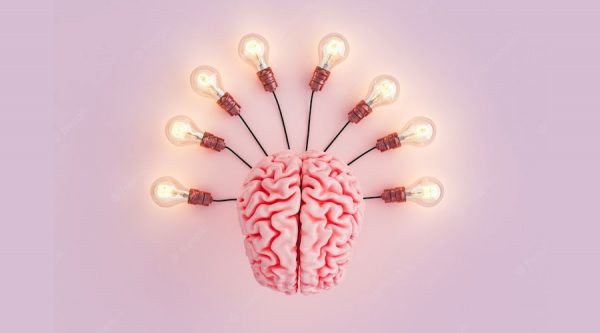Our lives are already infused with artificial intelligence, and you may not even be aware of it if you’re reading this article because you’re already using a lot of AI-powered technology. Even though deep learning and machine learning are frequently used interchangeably, they are only two of the many subtopics covered in AI theses and research. The AI community has paid close attention to a number of additional subtopics owing to their potential and applications, even if these two subtopics now dominate the field. We will examine a few of these popular subtopics in this post. They are related to one another and come under the general category of artificial intelligence, which makes them suitable for thesis research.
- Neuromorphic Computing: This area of artificial intelligence draws inspiration from the functioning of the human brain. Using artificial neurons and synapses, neuromorphic computers are made to resemble the way the brain processes information. In order to create novel hardware and algorithms for a range of AI applications, including computer vision, natural language processing, and machine learning, neuromorphic computing can be utilized in AI theses and research. Neuromorphic computers, for instance, could be utilized to create machine learning algorithms that are more effective and noise-resistant. Additionally, new natural language processing algorithms that are more adept at comprehending and producing human language may be developed using neuromorphic computers. Neuromorphic computers may also be utilized to create new computer vision algorithms that improve object recognition and classification in pictures and movies.
- Robotics: This branch of AI studies the creation, maintenance, use, and application of robots. Machines that can be trained to carry out tasks automatically are called robots. AI theses and research can leverage robotics to create novel approaches to robot perception, learning, and control. Research in robotics, for instance, may lead to the creation of novel techniques for manipulating robots in unpredictable and complex contexts. Additionally, new techniques enabling robots to learn from their mistakes and gradually enhance their performance could be developed through robotics research. Furthermore, new techniques for robots to sense their surroundings and communicate effectively and safely with objects and people could be developed through robotics research.
- Deep Learning: This kind of machine learning makes use of artificial neural networks to extract knowledge from data. The composition and operation of the human brain serve as an inspiration for neural networks. In AI thesis and research, deep learning can be utilized to create new algorithms for a range of AI applications. Research on deep learning, for instance, may be utilized to create new image recognition algorithms that are more adept at identifying and categorizing objects in pictures and videos. Research on deep learning may also be utilized to create new natural language processing algorithms that are more adept at comprehending and producing human language. Furthermore, research on deep learning may be leveraged to create new machine translation algorithms that translate text between languages more precisely.
- Natural Language Processing: The study of how computers and human language interact is known as natural language processing, or NLP. Numerous applications, including machine translation, text summarization, and question answering, use natural language processing (NLP) methods. Due to the complexity and ambiguity of human language, NLP is a difficult field. AI theses and research can employ natural language processing (NLP) to create novel algorithms for a range of NLP applications, including question answering, text summarization, and machine translation. Research in NLP, for instance, may be utilized to create machine translation algorithms that translate text between languages more accurately. Research in natural language processing (NLP) may also be applied to the creation of new text summarizing algorithms that produce clear, understandable summaries of lengthy texts. Furthermore, new question-answering algorithms that can more precisely respond to inquiries presented in natural language may be created using research in natural language processing.
- Machine Learning: This branch of artificial intelligence studies how computers can learn from data without explicit programming. AI thesis and research can leverage machine learning to create novel algorithms for a range of AI tasks, including clustering, regression, and classification. Research on machine learning, for instance, may be utilized to create new image classification algorithms that are more adept at recognizing and categorizing objects in pictures and videos. Research on machine learning may also be used to create new regression algorithms that are more accurate at predicting continuous values, such the cost of a home or the volume of people that will visit a store on a given day. Furthermore, research on machine learning may be leveraged to create novel clustering algorithms that more effectively combine comparable data points.
- Reinforcement Learning: Using a sort of machine learning called reinforcement learning, researchers can figure out how to act in a given situation by making mistakes. AI theses and research can leverage reinforcement learning to create new algorithms for a range of AI applications, including financial trading, gaming, and robot control.
- Recommender Systems: These systems use user data analysis to produce tailored suggestions for a range of applications, including social media content recommendations, product recommendations on e-commerce websites, and movie recommendations on streaming platforms. You can address issues with user preferences and data protection, investigate the ethical ramifications of personalized recommendations, and help develop recommendation algorithms that are more accurate and efficient by conducting research in recommender systems. Applications of this research may be useful in the entertainment, social networking, e-commerce, and content platforms sectors.









